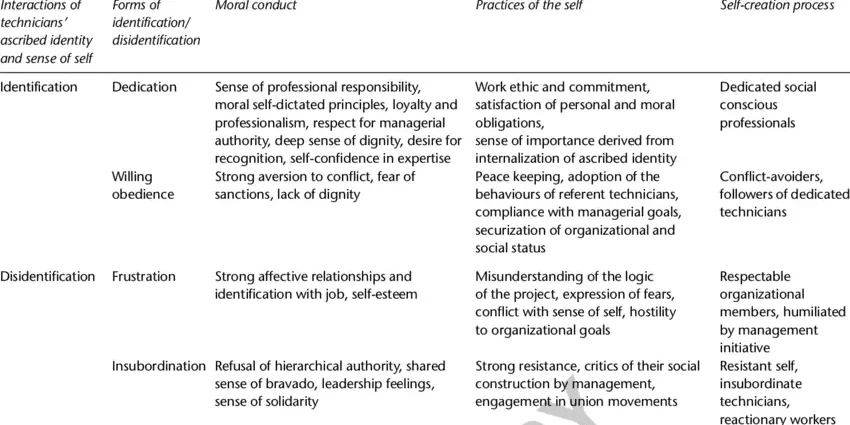Contents
We are influenced by everything with which our “I” identifies itself. The “Disidentification” technique helps to separate the true “I” from overwhelming emotions, obsessive thoughts, and an unsatisfactory role and assess the situation and exit from it from the position of an outside observer.
Take a comfortable position, relax, take a few slow and deep breaths. Then slowly and thoughtfully say the following.
I have a body but I am not a body
“My body can be in different states: healthy or sick, rested or tired. But it has nothing to do with my true self. I treat my body as a precious tool – it allows me to act in the outside world, but it is only a tool. I treat him well, I try to do everything so that my body is healthy. However, it’s not me. I have a body, but I am not a body.”
Now close your eyes and repeat the main points to yourself. Then concentrate on the main thing: “I have a body, but I am not a body.” Try to fix this fact in your mind as much as possible. Then open your eyes and do everything in the same sequence with the next two steps.
I have emotions, but I’m not emotions
“My emotions are diverse, they can change, become their opposite. Love can turn into hate, peace into anger, joy into sadness. At the same time, my essence, my true “I” remains unchanged. “I” is always “I”.
Although a wave of anger may overwhelm me for a while, I know it will pass because I am not that anger. I am able to observe my emotions and understand their origins, which means I can learn to manage them and harmonize them. I have emotions, but I am not emotions.”
I have a mind but I am not a mind
“My mind is a means of knowing and expressing, but it is not the essence of myself. Acquiring new knowledge and experience, absorbing ideas, he is in continuous development. Sometimes the mind refuses to obey me, so it cannot be me, my “I”. From the point of view of both the external and internal world, this is an organ of knowledge, but it is not me. I have a mind, but I am not a mind.”
Now the identification phase begins. Repeat slowly and thoughtfully: “After separating my “I” from sensations, emotions and thoughts, I recognize and affirm that I am the center of absolute self-consciousness, I am the center of will, able to observe and subjugate all psychological processes and my body, as well as control by them.”
Remember: We can tame, control, and use anything we don’t identify with.
Focus on the leading position: “I am the center of absolute self-consciousness and will.” Try to penetrate this thought as deeply as possible and fix it in your mind.
When performing an exercise, you can significantly change the technique. For example, after training (some people manage to do this from the very beginning), you can modify the exercise – quickly and dynamically go through the stages of disidentification, concentrating only on the main points:
- I have a body, but I am not my body;
- I experience emotions, but I am not those emotions;
- I have a mind, but I am not a mind.
The main task is to master the skill that allows you to quickly and dynamically go through all the stages of disidentification, and then remain in a state of concentration on your “I” for a certain period of time, at will. Remember, we can tame, control, and use anything we don’t identify with.
I. Malkina-Pykh “Victimology. Psychology of victim behavior” (Eksmo, 2010).










